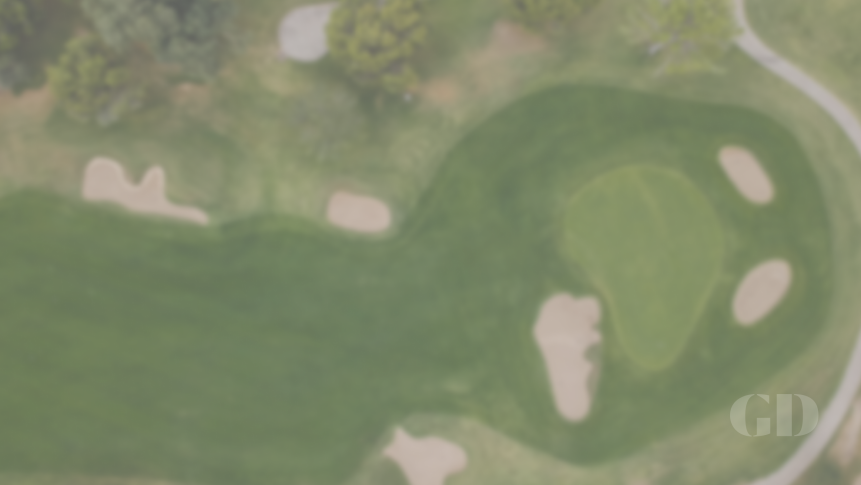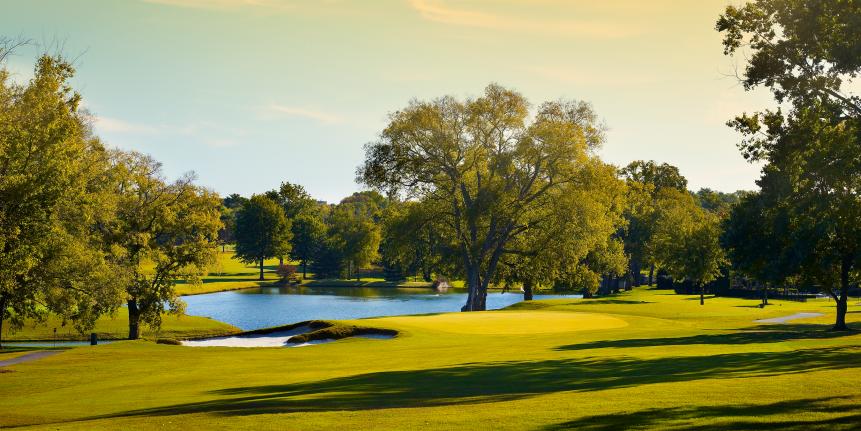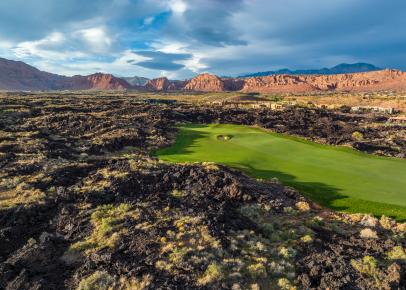Best in State
The best golf courses in Tennessee
The top-10 best golf courses in Tennessee is indicative of the refreshing mix of great golf you’ll find in the state. Three old, classic Donald Ross designs (Holston Hills, Memphis Country Club and Chattanooga Golf & Country Club) showcase the state’s roots as a golf state—but more modern designs like Tom Fazio’s The Golf Club of Tennessee and Troubadour Golf and Field Club, Jack Nicklaus’ Spring Creek Ranch (Jack Nicklaus) and Brian Silva’s Black Creek Club offer nice variety and types of architecture for every taste.
Of course, the crème de la crème is The Honors Course outside Chattanooga, designed by Pete Dye. The venerable championship layout has been ranked No. 1 since it opened in 1983 and has been a mainstay in the top third of our national rankings. The legendary Dye kept coming back to tweak the course to make subtle improvements over the years, and after his passing in 2020, it was a big deal that the club decided to go outside for assistance in making tweaks to the club, bringing in Gil Hanse and Jim Wagner to ensure the Dye classic is as good as it can be.
Below you'll find our 2023-'24 ranking of the Best Golf Courses in Tennessee.
We urge you to click through to each individual course page for bonus photography, drone footage and reviews from our course panelists. Plus, you can now leave your own ratings on the courses you’ve played … to make your case why your favorite should be ranked higher.
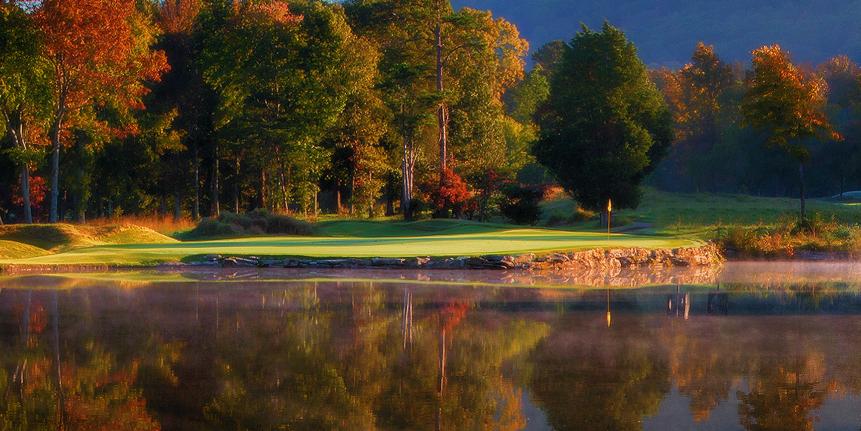
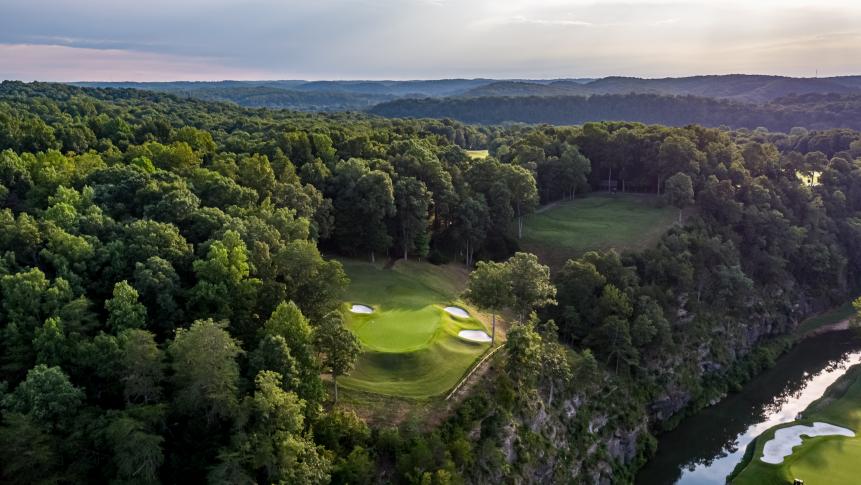
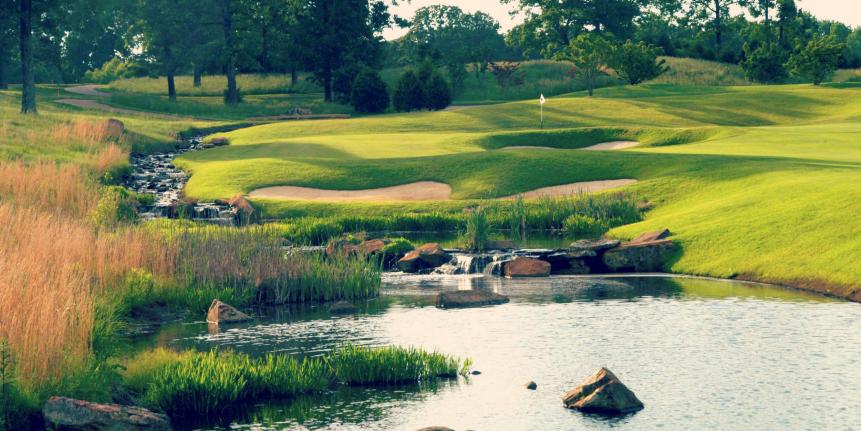

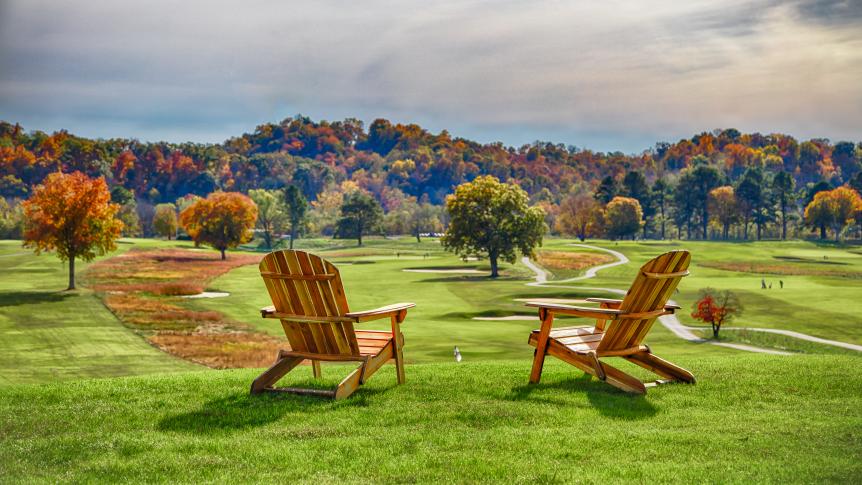
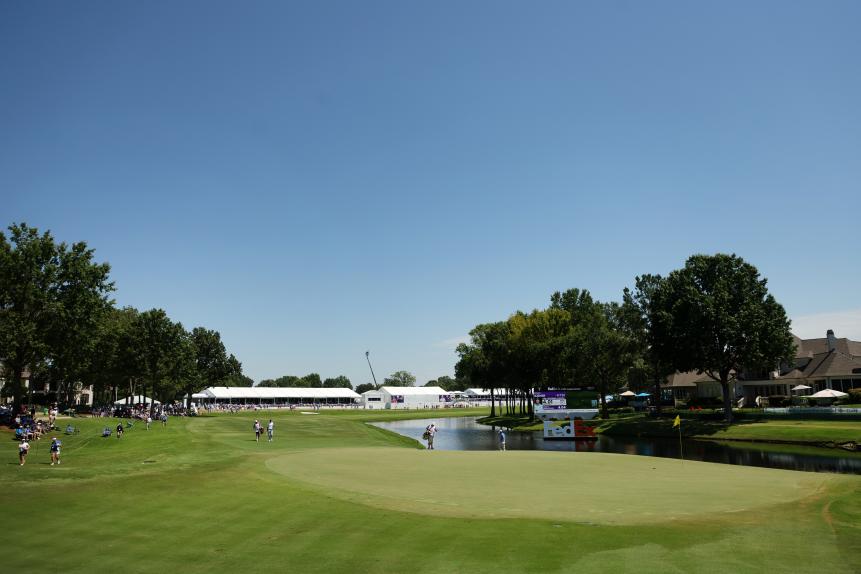

From Golf Digest Architecture Editor emeritus Ron Whitten:
Memphis Country Club is a Donald Ross design dating from 1917, one of his classic rectangular routings with the opening nine marching counterclockwise around the perimeter of the property, touching all four corners, and the back nine running clockwise through the center of the land, with holes bundled in triangles to avoid the monotony of parallel fairways.
This was a championship venue in its day, hosting the U.S. Amateur in 1948, when a Golf World preview piece wrote about its “thick, cushiony” Bermuda fairways, its “smooth, true” Bermuda greens and its “ruinous” Bermuda rough cut at five inches. (Five inches! For the Amateur! How philosophies have changed at the USGA.) Today the fairways are Zoysia, the approach ramps are 419 Bermuda and the greens are TifEagle. The rough is still Bermuda.
In Golf Digest’s original list of America’s 200 Toughest Courses (the forerunner to the present 100 Greatest), Memphis Country Club was ranked both in 1966 and 1967. These days, it’s considered just a pleasant country club experience.
Kris Spence, who specializes in Ross restorations, was retained to reclaim lost features, and he apparently saw many angular features in old aerials of the course—because today the greens at Memphis are oblong or rectangular with lots of right angle corners that offer new pin positions, and the bunkers are mostly long and slender or squat and squarish. Spence also removed a number of trees and added run-offs to the sides of some greens.
Years ago, The Memphis Commercial Appeal newspaper picked the par-5 third and par-4 sixth as two of the area’s top holes, but to me the most interesting design is on the short par-4 ninth, with overhanging trees off the tee and more left and right that must be threaded to reach Spence’s long, dogleg green ensnarled with bunkers. I also like the short par-3 fourth with a prototypical perched Ross green fronted by sand.If there’s one feature I wish Spence had reintroduced, it’s the diagonal cross-bunker on the 240-yard par-3 10th that once reached from the left rough almost to the right edge of the approach fairway, probably 50 yards short of the green. It was described in its day as the “most deceiving” on the course.
Instead, Spence put a hook-shaped bunker at the left front of the present 10th green, maybe 20 yards short, but it’s easily avoided and offers no deception. But I will give him credit for re-establishing the cross hazard in front of the green on the 432-yard 17th, three diamond-shaped bunkers placed in a ridge diagonally across the approach to the green some 30 yards beyond. They’re like teeth on a bulldog.

Brian Silva deserves recognition for being one of the first architects to rediscover, restore and popularize the architecture of Seth Raynor. At Black Creek Club, Silva was able to build his versions of Raynor and C.B. Macdonald’s “ideal holes” like the Short and the Biarritz, but the most remarkable one here, or almost anywhere else, is a Silva original. The par-5 sixth (pictured) plays across mostly open space, though drives must contend with bunkers jutting into the fairway from the left. The real engagement begins on the second and third shots. Golfers cannot see the green ahead, only a tall, fortress-like embankment of long grass and bunkers. At some point the rampart must be breached, and on the other side awaits a punchbowl arena of more than 55,000 square feet that would make Raynor blush, with sloping banks that funnel shots toward a large, square green perched against a creek. It was ranked by Golf Digest as one of the best holes in America designed after 2000.
• • •
Explore Golf Digest's recently relaunched Places to Play community, where you can add star ratings and reviews for all the courses you play. We've collected tens of thousands of reviews from our course-ranking panelists to deliver a premium experience, which includes experts' opinions, bonus course photography and videos, plus much more. Check it out here!



